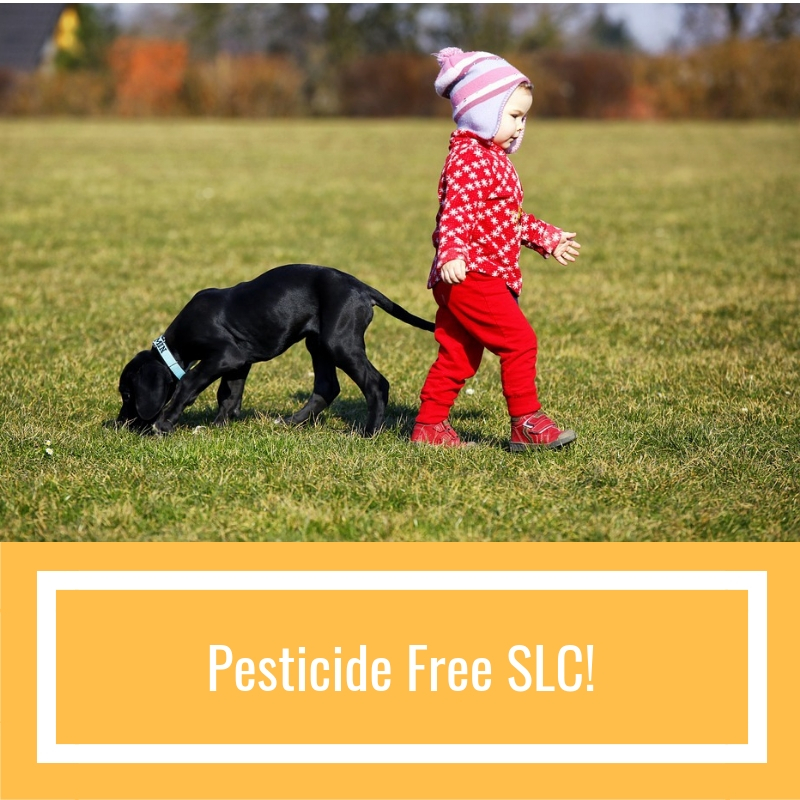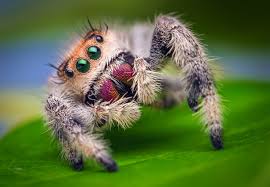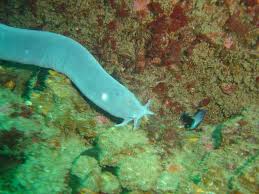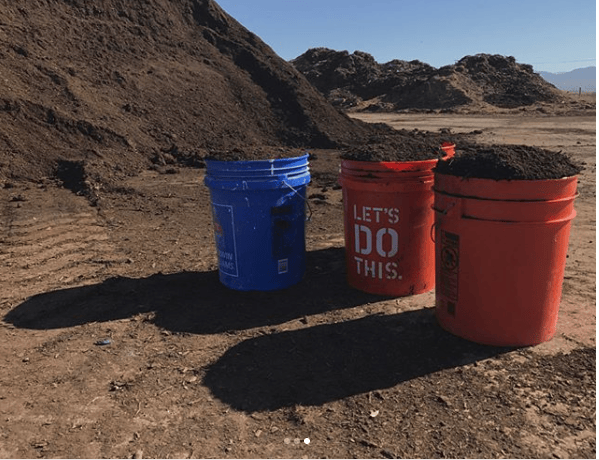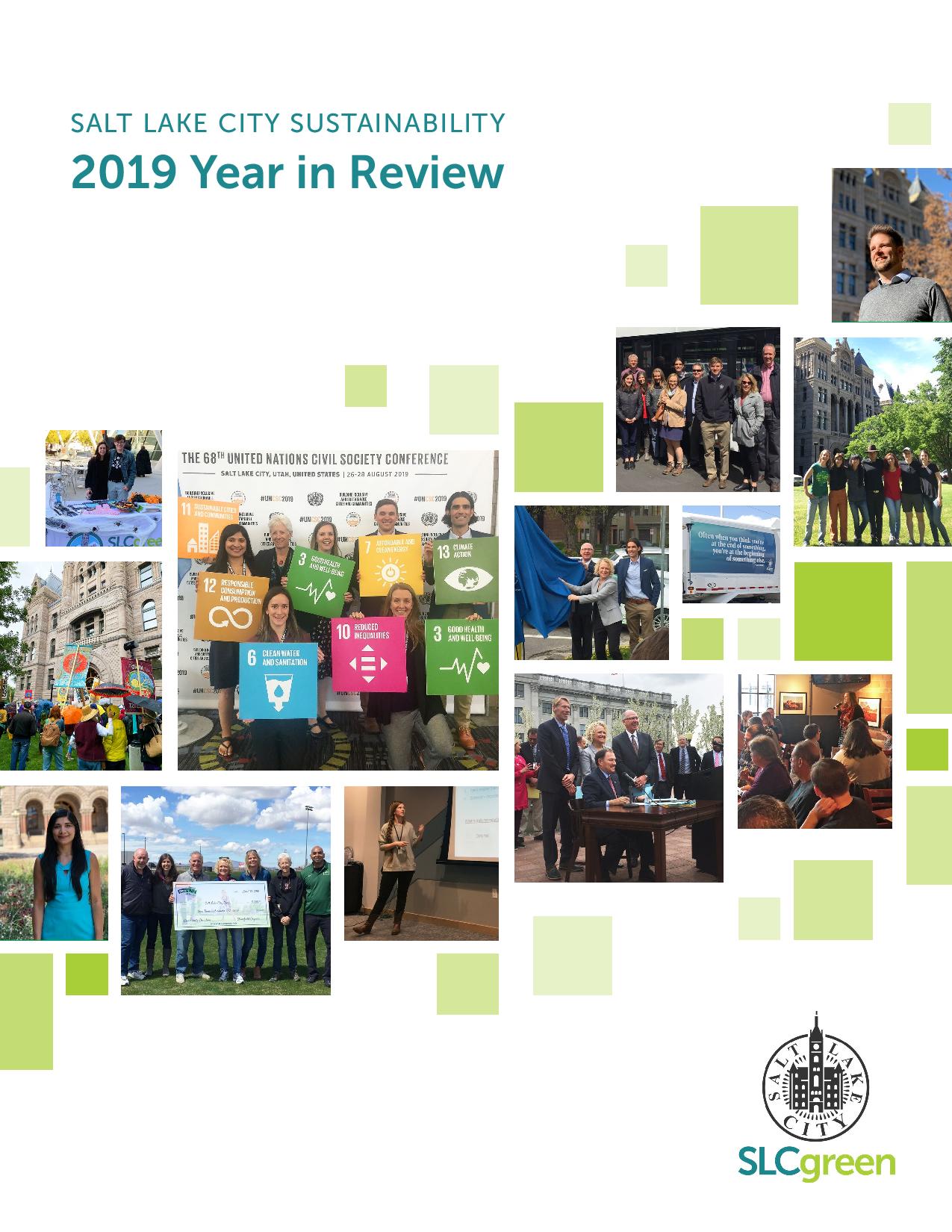
Happy New Year!
It’s 2020 already and we can hardly believe it! Salt Lake City finished out 2019 strong alongside 19 communities that opted into the Community Renewable Energy Act’s pathway to achieve net-100% renewable energy.
But that’s not all SLCgreen got up to in 2019. It was a busy year, and as a community, we have taken major strides in accomplishing our goals. See our full 2019 Year in Review here and read below for a few of the major highlights.
Thanks to all our partners in City government, other government agencies, non-profit associations, neighborhood groups, business partners, and community councils, we are continuing to make SLC more sustainable and resilient.
You can take a look at the 2017 and 2018 reports to see what we’ve been working on over the last few years. Before we set our sights on 2020, here are a few highlights from 2019!
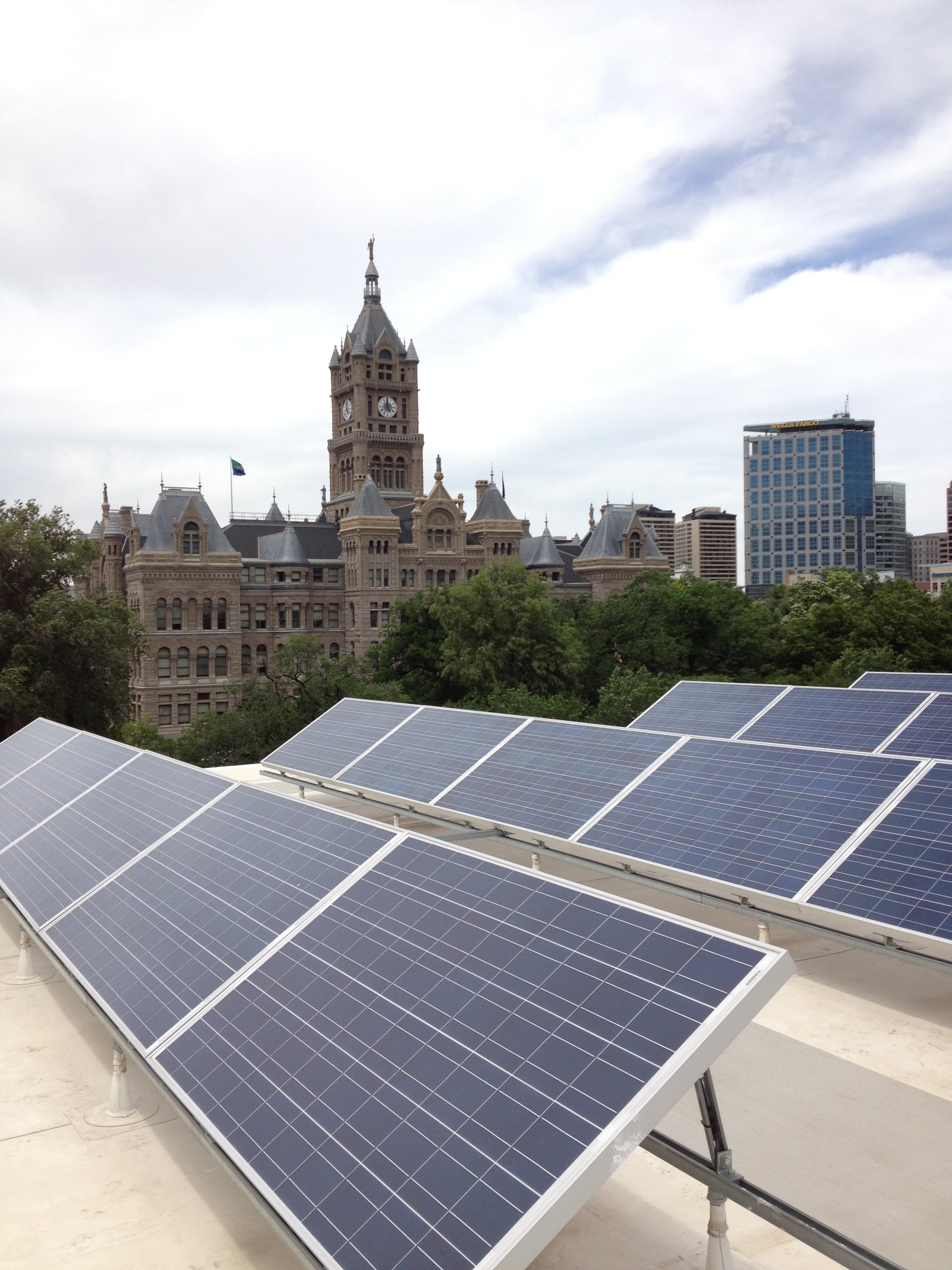
Air Quality, Climate Change & Energy
- After a three-year collaboration with Park City, Summit County, Rocky Mountain Power, and the state legislature, we successfully saw passage of House Bill 411 the “Community Renewable Energy Act” in the 2019 legislative session. The law establishes a legal pathway for communities with 100% clean energy goals to achieve them in collaboration with Rocky Mountain Power.
- Helped plan and participated in the historic United Nations Civil Society Conference “Building Inclusive and Sustainable Communities.” See the content of our presentations and related videos here.
- Expanded public EV charging infrastructure, increasing the total number of city-owned EV charging ports to 38, plus 16 at the airport.
- With Utah Clean Energy, launched “Empower SLC,” a neighborhood energy efficiency program targeting the 84116 and 84104 neighborhoods to improve energy efficiency and conservation measures that reduce pollution and lower utility costs. As of September, over 450 households have been engaged, resulting in an estimated savings of 335,353 kWh per year!
- Supported Utah Climate Week 2019, collaborating with 35 organizations to highlight climate action.
- Developed an energy after-school curriculum for youth groups and created a new partnership with YouthCity on programming for the Fall 2019 programs. This resulted in the adoption of “energy” as the central theme of their Science Fair.
- Hosted the Elevate Buildings awards luncheon, recognizing first-year reporting commercial buildings with ENERGY STAR scores 75 and above and Mayoral recognition of exceptional performers.
- Received a Blue Sky Legacy Award from Rocky Mountain Power for over 15 years of partnership in the program.
- Ranked in the top 10 states around the country for solar energy production increase, according to the Energy Information Administration.
- Bid farewell to Tyler Poulson and welcomed Christopher Thomas as our incoming Senior Energy and Climate Program Manager.

